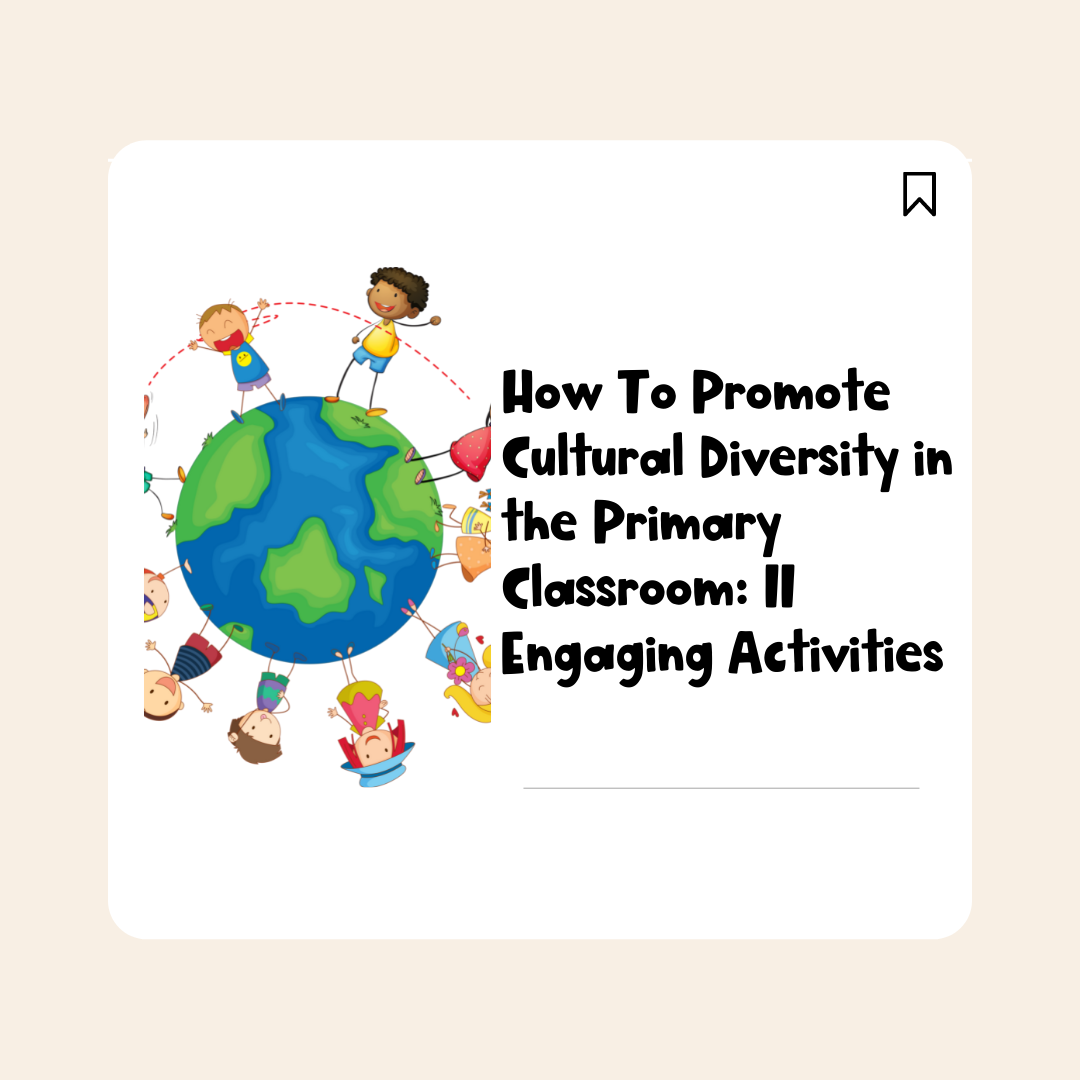Self-Assessment of the BC Core Competencies: Kid-Friendly Language
All about how to assess the BC core competencies in your primary classroom. You can use kid-friendly language and cute pictures to help your students understand what the BC core competencies are and be able to complete self-assessments.
What are the BC Core Competencies
Were you thrown off a few years ago when the BC core competencies came into our world? I know I was and so was a lot of the staff at our school. We had a bunch of meetings and I think even had some sort of committee that was figuring things out and reporting back to the rest of the staff.
When this new way of reporting came about I was super preggo. I went on maternity leave while the entire reporting system changed and when I came back I was LOST!
I mean, how was I supposed to teach my Kindergarteners about critical thinking? What does that even look like? And for the personal/social competency I was like… isn’t that what Kindergarten is all about?
Needless to say. There was a learning curve. A big one. But I figured it out.
During all of my figuring out, I made some resources that can help. I’m going to show you how I assess my primary students using the guidelines of the BC core competencies.
EXAMPLES OF BC CORE COMPETENCIES
The 3 main umbrella core competencies are:
Communication (and collaboration)
Thinking (critical thinking and creative thinking)
Personal Social
In my opinion, most of the official resources out there don’t break these terms down into kid-friendly language, so that’s what I’ve tried to do. I’ve broken them down into “I can” statements so my students are able to self-assess.
Each term I choose ONE area to focus on and assess. In term 1, I focus on communication so I’ll have all of my orange BC Core Cometencies communication posters up and we’ll reference them during carpet time or playtime or basically any time.
Then at the end of the term, I’ll choose one area of the communication competency to focus on. This year I chose, “I can ask and answer questions.” As a class we talk about how we share our ideas and participate in class discussions by putting up our hands and speaking to the class. This sounds so basic but it’s a huge part of Kindergarten and primary, right?
Each child will draw a picture of themselves raising their hand and sharing their ideas. I’ll go around and scribe for them. My class is French Immersion and I have created a French version of this assessment package, however, I choose to do it in English. GASP! This is because I want parents to completely understand every piece of assessment that goes home. Here you can check out my English BC Core Competencies resources.
BC Core Competencies in Kid-Friendly Language
I also do a checklist-style self-assessment each term. If you are teaching Kindergarten or Grade One it REALLY helps if you have another adult in the room with you. I repeat, do not try this on your own lol (or you can do small groups of kids at a time).
For the checklist, I go through each “I can” statement one by one and have the students check off if they ALWAYS do the thing or SOMETIMES do the thing. Parents always appreciate reading through this checklist and chatting with their kids about how they feel about school.
If you are teaching during pandemic times then parents will appreciate it even more since they aren’t allowed into the school buildings.
For communication, my “I can” statements are
I can show my learning
I can work and play with others
I am an active listener
I can ask and answer questions
BC Core Competency Activities
I follow the exact same steps for terms 2 and 3. In term 2 I hang up the Thinking posters, do a thinking journal assessment and checklist assessment.
In term 3 I do Personal and Social. You can assess these in any order you like! I’ve just found what works for me.
I think where a lot of teachers begin to stress is when they feel like they need to assess all the things and report on them every term. You don’t. That would be too much for the kids and too much for you! That’s why I always focus on ONE “I can” statement per term.
OOhhh, I just remembered a hot tip. You can add a goal-setting element to reporting time as well. While helping your students reflect on their learning, why not ask them what they’d like to get better at next term? I like to have them illustrate and write about their goal and display them on the wall so we can reference them throughout the term. I find that a lot of the kids want to keep learning French! Here’s a fun way to teach them more French vocabulary and some Free French alphabet printables.
It’s so cool to see how proud the little ones are when they see how far they’ve come and reach their goals!
I’d love to help if you have any questions on how to use self-assessments in your early primary classroom. Comment here or hit me up in the DMs @ouimadamewee !
-Breyen
Follow me on Instagram @ouimadamewee














